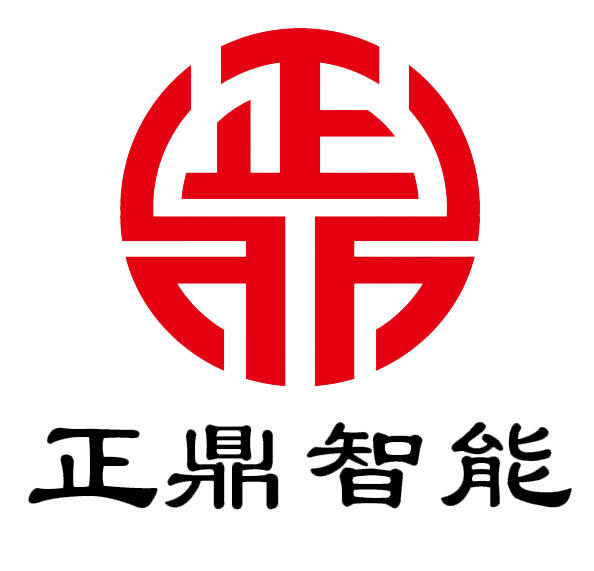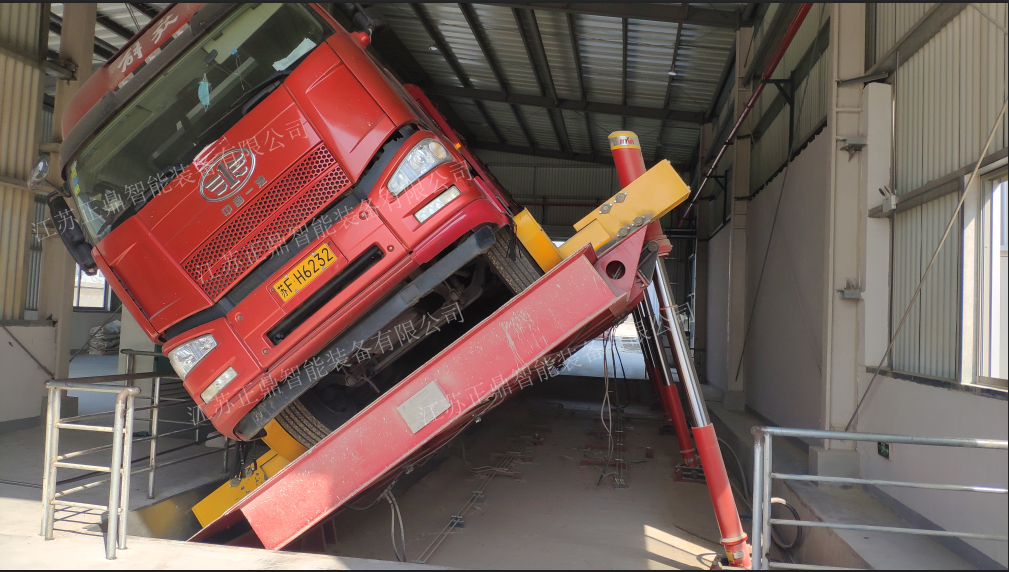Înțelegerea aspectelor economice ale soluțiilor moderne de descărcare a containerelor
În industria logistică rapidă de astăzi, descărcarea eficientă a containerelor a devenit un factor critic în menținerea avantajului competitiv. Decizia dintre procesele manuale și cele automatizate de descărcare a containerelor poate avea un impact semnificativ asupra costurilor operaționale, productivității și succesului general al afacerii. Pe măsură ce comerțul global continuă să se extindă, companiile își concentrează din ce în ce mai mult atenția asupra optimizării operațiunilor de descărcare a containerelor pentru a face față cererilor în creștere, gestionând în același timp cheltuielile în mod eficient.
Peisajul logistic a evoluat dramatic în ultima decadă, progresele tehnologice revoluționând modul în care descărcăm containerele descărcare. Această analiză cuprinzătoare examinează implicațiile financiare, considerentele operaționale și beneficiile pe termen lung ale soluțiilor manuale și automate, ajutând factorii de decizie să ia decizii informate pentru operațiunile lor.
Structura reală a costurilor la descărcarea manuală a containerelor
Cheltuieli directe cu forța de muncă și managementul resurselor umane
Descărcarea manuală a containerelor se bazează în mare măsură pe forța de muncă umană, ceea ce face ca costurile cu personalul să fie cel mai semnificativ factor de cheltuieli. Acestea includ nu doar salariile de bază, ci și plata orelor suplimentare, beneficiile, asigurările și costurile de instruire. O operațiune tipică de descărcare manuală a unui container necesită echipe de 4-6 muncitori per container, cu costuri medii ale forței de muncă de 25-35 USD pe oră per muncitor. La calcularea cheltuielilor anuale, companiile trebuie să ia în considerare și concediile medicale, concediile de odihnă și eventualele plecări ale angajaților.
În plus, managementul resurselor umane adaugă un alt nivel de complexitate și cost. Acesta include recrutarea, programele continue de formare, certificările de siguranță și eforturile administrative. Aceste costuri indirecte reprezintă adesea 20-30% din cheltuiala totală cu forța de muncă în operațiunile manuale de descărcare a containerelor.
Indicatori de timp și productivitate
Operațiunile manuale de descărcare a containerelor procesează în mod tipic un container în 2-3 ore, în funcție de tipul mărfii și de eficiența forței de muncă. Acest interval de timp include pauzele necesare, schimbările de tură și nivelurile variabile de productivitate ale lucrătorilor pe parcursul zilei. Timpul mai lent de procesare afectează direct numărul de containere care pot fi manipulate zilnic, putând crea bottlenecks în perioadele de vârf.
Mai mult, procesele manuale sunt supuse încetinirilor legate de oboseală și unor rate sporite de eroare pe măsură ce turele avansează. Acest lucru poate duce la costuri suplimentare datorate deteriorării mărfurilor, timpi prelungiți de procesare și potențiale accidente de muncă.

Analiza investiției pentru sistemele automate de descărcare containere
Cerințe inițiale de capital
Sistemele automate de descărcare a containerelor reprezintă o investiție inițială semnificativă, care se situează în general între 500.000 și 2 milioane de dolari, în funcție de nivelul de automatizare și caracteristicile specifice. Această investiție include mașinaria de bază, costurile de instalare, integrarea cu sistemele existente și instruirea inițială a operatorilor. Deși cheltuiala inițială poate părea substanțială, este esențial să se ia în considerare rentabilitatea pe termen lung prin eficiență sporită și reducerea costurilor de exploatare.
Sistemele moderne automate includ adesea funcții avansate precum inteligența artificială, capacități de învățare automată și sisteme de monitorizare în timp real. Aceste componente tehnologice contribuie la costul inițial, dar oferă capabilități valoroase de analiză a datelor și de întreținere predictivă, care pot preveni opririle costisitoare.
Avantaje de Costuri Operaționale
Sistemele automate de descărcare containere pot procesa containere semnificativ mai rapid decât operațiunile manuale, finalizând adesea descărcarea în 30-45 de minute. Această viteză crescută se traduce prin o productivitate zilnică mai mare și o utilizare mai eficientă a spațiului de depozitare. Sistemele pot funcționa continuu cu timp mort minim, necesitând doar perioade scurte de întreținere.
Consumul de energie și costurile de întreținere devin principalele cheltuieli operaționale, situându-se în general între 15-20% din costurile echivalente ale muncii manuale. De asemenea, sistemele moderne sunt concepute pentru eficiență energetică, reducând astfel în continuare cheltuielile operaționale curente.
Impact financiar pe termen lung și considerații privind rentabilitatea investiției
Scalabilitate și creștere viitoare
Sistemele automate de descărcare a containerelor oferă o scalabilitate superioară în comparație cu operațiunile manuale. Pe măsură ce volumele afacerilor cresc, sistemul poate gestiona un debit mai mare fără creșteri proporționale ale costurilor. Această scalabilitate devine deosebit de valoroasă în sezoanele de vârf sau atunci când se extind operațiunile. Capacitatea de a menține viteze constante de procesare indiferent de volum ajută la prevenirea blocajelor și reduce necesitatea forței de muncă temporare.
Companiile care implementează sisteme automate raportează adesea o capacitate mai bună de a negocia contracte mai mari și de a prelua oportunități suplimentare de afaceri, știind că au capacitatea de a gestiona eficient volumele sporite.
Reducerea Riscurilor și Implicațiile Asigurărilor
Implementarea sistemelor automate de descărcare a containerelor reduce semnificativ accidentele de muncă și costurile asociate de asigurare. Leziunile cauzate de manipularea manuală, care pot duce la cereri substanțiale de despăgubiri pentru muncitori și la creșterea primelor de asigurare, sunt practic eliminate. Furnizorii de asigurări oferă adesea tarife mai avantajoase instalațiilor echipate cu sisteme automate, datorită riscului redus.
În plus, sistemele automate oferă o protecție superioară a mărfurilor prin manipulare constantă și controlată, reducând astfel reclamațiile privind deteriorarea și costurile asociate. Această îmbunătățire a siguranței mărfurilor poate duce la o satisfacție mai mare a clienților și la scăderea cheltuielilor cu asigurările.
Întrebări frecvente
Care este perioada tipică de recuperare a investiției pentru un sistem automat de descărcare a containerelor?
Perioada medie de recuperare a investiției pentru un sistem automatizat de descărcare containere variază între 18 și 36 de luni, în funcție de volumul operațiunilor și de implementarea specifică. Unitățile care procesează mai mult de 10 containere pe zi obțin de obicei o rentabilitate mai rapidă datorită economiilor de forță de muncă și eficienței sporite.
Cum influențează descărcarea automată a containerelor necesarul de forță de muncă?
Deși sistemele automate reduc nevoia de muncă manuală în operațiunile directe de descărcare, ele creează noi posturi pentru operatori ai sistemului, tehnicieni de întreținere și funcții de supraveghere. Majoritatea unităților își păstrează personalul cheie și îl reprofilează pentru aceste poziții cu calificare superioară, ceea ce duce la o satisfacție profesională crescută și la oportunități de dezvoltare în carieră.
Ce cerințe de întreținere trebuie luate în considerare pentru sistemele automate?
Sistemele automate de descărcare a containerelor necesită întreținere periodică programată, care se efectuează în mod obișnuit în orele de vârf scăzută sau în perioadele planificate de nefuncționare. Sistemele moderne includ funcții de întreținere predictivă care ajută la prevenirea defectărilor neașteptate și la optimizarea programării întreținerii. Costurile anuale de întreținere se situează de obicei între 3-5% din costul inițial al sistemului.
Cuprins
- Înțelegerea aspectelor economice ale soluțiilor moderne de descărcare a containerelor
- Structura reală a costurilor la descărcarea manuală a containerelor
- Analiza investiției pentru sistemele automate de descărcare containere
- Impact financiar pe termen lung și considerații privind rentabilitatea investiției
- Întrebări frecvente

